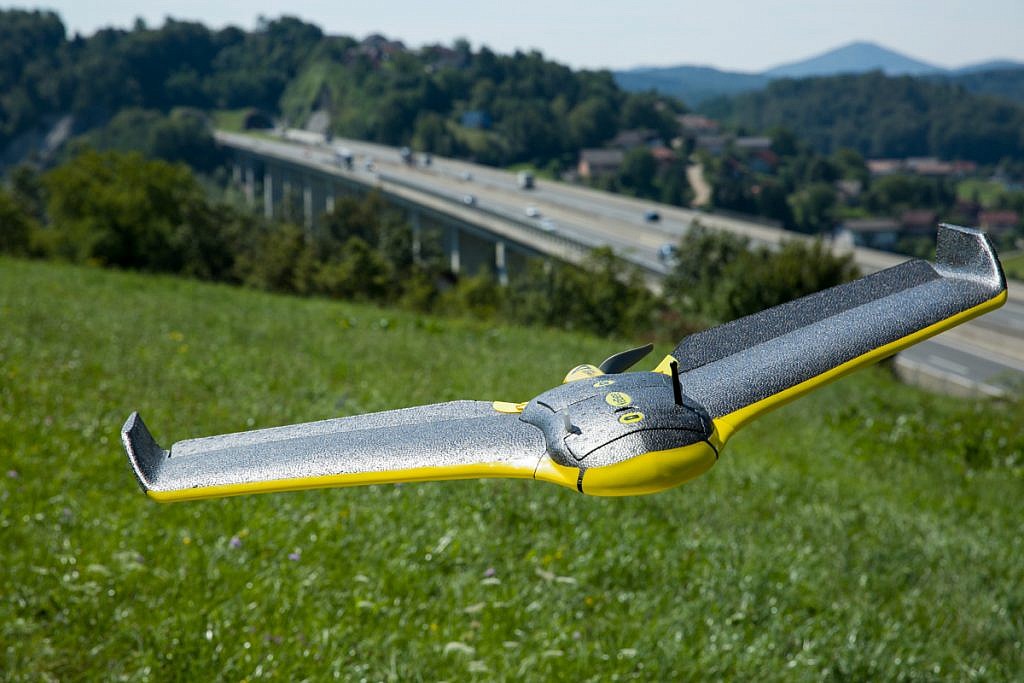
The standard range of an eBee, the senseFly unmanned aircraft used by Geavis, radio link is approximately 3 km (1.86 miles).
In the vast majority of cases, a senseFly drone flying out of radio range poses no problem. It certainly does not usually lead to a crash. Since the drone is designed to fly autonomously it features numerous failsafe systems. These return it to its Home waypoint if trouble occurs (where it will either commence landing or allow you to give new commands), such as the battery running low, high winds, or the drone reaching the edge of working area radius.
If a drone crashes within radio range, this can be located in either of two ways: its last GPS coordinates will be displayed in the flight management software, so you can simply input these into your smartphone’s map application to find the drone; or the aircraft’s last position can be visually identified on the base map being shown in drone’s flight management software.
For operators planning to fly eBee drones in extreme situations, such as those with potentially high gusty winds, very mountainous areas, out of line of sight, or over very large coverage areas, senseFly offers an optional radio tracker system. This comprises a small radio tracker that fits snugly in the compartment next to the eBee’s battery space, plus a handheld receiver.
